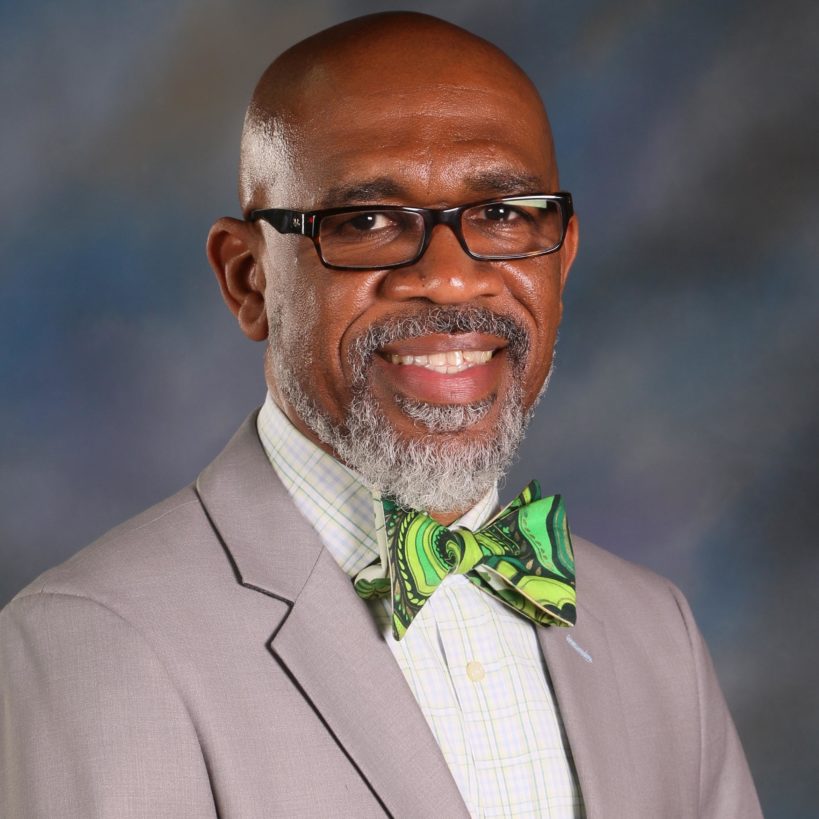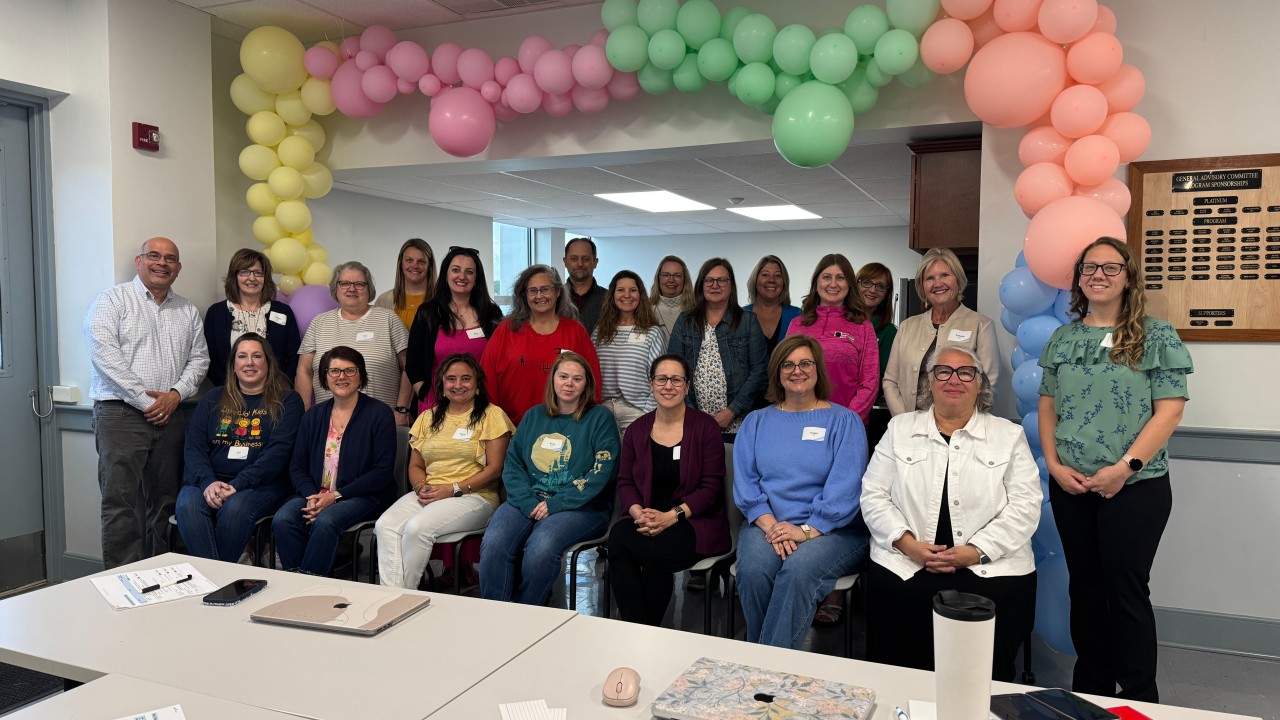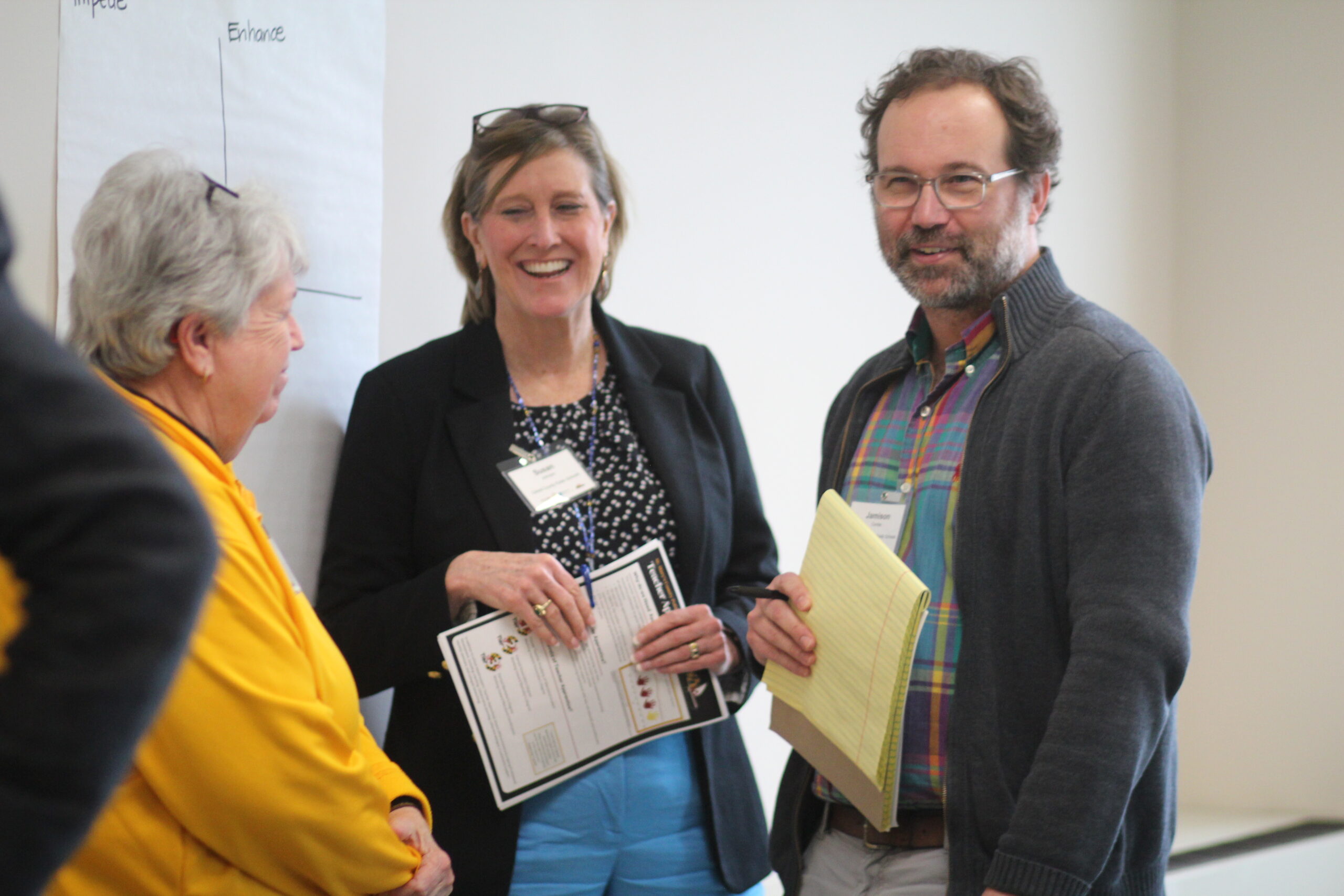
McComb Superintendent Dr. Cederick Ellis
By Ryan Delaney
Redesigning a school district doesn’t happen all at once. For Cederick Ellis, it began with an eye to improving a single struggling elementary school in the McComb School District, the southern Mississippi school district of just over 2,000 students he oversees.
Summit Elementary was consistently earning a low grade on the state education department’s performance evaluation. The district and Superintendent Ellis had tried to improve outcomes, but the school could not break free from its perennial D rating in state rankings.
Ellis decided it was time to do more than just tinker with ad hoc interventions such as different reading intervention programs or short teacher professional development sessions. “We had a lot of (interventions), but those were not strategically aligned.”
Ellis and Summit’s principal had noticed many students entered the school far behind and never caught up. They needed a way to tailor instruction to each of them and make sure they stayed on track.
As a first step, they rearranged the desks in the classrooms. While that may at first blush seem trivial, it had a specific purpose. To move his school toward a personalized learning approach, Ellis needed to shift away from teachers lecturing students sitting in neat rows.
Classrooms now have small tables with students clustered based on their skill levels (and not necessarily typical grade levels) where they can work together, or solo if they prefer. Teachers share information with all their students—whom McComb refers to as “scholars”—and then often work in small groups based on their level of understanding of that subject or topic. Those teachers conduct regular, informal, formative assessments to track learning progress. They’ll change groupings as needed.
There are facilitated choices in students’ learning paths, Ellis says. “For instance, there may be four or five choices of projects that that scholar could choose from.”
The new layout of Summit’s classrooms and introduction of tech tools encourages students to drive their learning, rather than get left behind if lessons move too quickly, or get bored if material is too easy. Students also monitor their own progress, which allows them to take control and responsibility for their own learning.
“We wanted to make sure that we were meeting them where they were, not where they should be,” he said.
If students are below grade level, teachers tailor instruction to help them catch up. And if they’re excelling, then students get more challenging tasks.
In addition to traditional report cards, Ellis says teachers meet frequently with students and their families to update them on student progress in detail and make sure they’re engaged and informed.
Students’ motivation, confidence and curiosity have increased, Ellis says.
This approach to teaching and learning aligns with what Ellis learned about through his district’s participation in NISL, NCEE’s educator leadership program, and the research on high-performing systems that it introduced through in NCEE’s Blueprint for a High-Performing Education System.
Summit first rolled out its new learning approach with its youngest students in 2015. As the school years ticked on, the effort expanded and now every student from kindergarten through sixth grade has a plan for individualized learning developed with teachers that follows them from year to year.
“We drill down and provide each student specifically with what he or she needs,” he said.
Students at McComb have grown so much on assessments, the school is now consistently earning a B from the state. Ellis has taken the successful model developed at Summit and implemented in other elementary grades in the district.
Ellis is now expanding personalized learning beyond elementary schools to be a district-wide program to include the middle and high school students. He envisions older students moving through coursework at their own individual pace with not all subjects taking a full year if they master the content quickly. It would be a big break from the traditional schedules for high schoolers, where they move through set class periods each day.
Personalized learning was the first step on a long path to building the kind of schools children in McComb deserve, according to Ellis. To continue the growth in teaching and learning that has already taken place, he says he will need to continue strengthening instruction and leverage teacher expertise to help both colleagues and students. McComb is working with NCEE on developing ways to support and develop teachers based on research about top education systems.
Ellis has a lot he’d like to see happen in McComb as he transforms the district to more closely align with the high-performing systems he has learned about.
“I just pray that we can make all of these components come together for all the people who are in the McComb School District—the adults, the scholars and the community,” he said. “Because I think that when we do this, we can have a world class school district.”




